"Recent heavy rain and extreme weather in the region could accelerate the spread of fire ants, one of the world's most notorious invasive species," Reece Pianta, advocacy manager at the Australian Invasive Species Council (ISC), warned on Tuesday (January 16).

A fire ant raft floats on the water north of the Gold Coast, Queensland, Australia. Photo: Invasive Species Council
ISC has shared a video on social media of fire ants moving in a raft formation, suggesting the ants will spread to “every corner of Australia” if their outbreak in Queensland cannot be contained.
"Fire ants are more active before or after rain and can form large floating rafts that move with the water currents to new areas," Pianta said, calling on people to be vigilant.
The Australian state of Queensland has seen extreme weather in recent weeks, with severe flooding. Last month, the city of Cairns was cut off by torrential rains from Tropical Cyclone Jasper, leaving many of its 150,000-plus residents stranded on their rooftops.
ISC said it had recently received a commitment from the state of Victoria to spend $46 million over four years to implement an Australia-wide fire ant eradication program. Mr Pianta said the move meant fire ant eradication was still possible.
Native to South America, the red fire ant (Solenopsis invicta) is an omnivorous insect that destroys crops, livestock, and humans. Stings can cause blisters, allergic reactions, and even death. Over the past century, the red fire ant has spread across much of the United States, Mexico, the Caribbean, China, and Australia. Last year, it was discovered in Europe for the first time.
Video of red fire ants forming rafts to invade (source: CNN)
X
According to the ISC, the first fire ant outbreak in Australia occurred in 2001 in Queensland. So far, the country has controlled 7 outbreaks. The ISC said its goal is to prevent these fire ant outbreaks and eradicate them.
However, by November 2023, the ant was discovered in New South Wales (about 1,200 kilometers from Queensland), raising concerns that it could reach the Murray-Darling basin and spread out of control.
At the time, New South Wales agriculture minister Tara Moriarty stressed that "red fire ants are a devastating invasive pest, causing serious social, economic and environmental harm".
“Our teams are focused on further limiting the spread, while also using the media to encourage people to comply and report,” she added.
Red ants can spread rapidly on their own. However, their spread is often accelerated by human activity, such as when they hide in pots, planters, or shipping containers.
Ngoc Anh (according to CNN)
Source




![[Photo] Prime Minister Pham Minh Chinh chairs the 16th meeting of the National Steering Committee on combating illegal fishing.](https://vphoto.vietnam.vn/thumb/1200x675/vietnam/resource/IMAGE/2025/10/07/1759848378556_dsc-9253-jpg.webp)
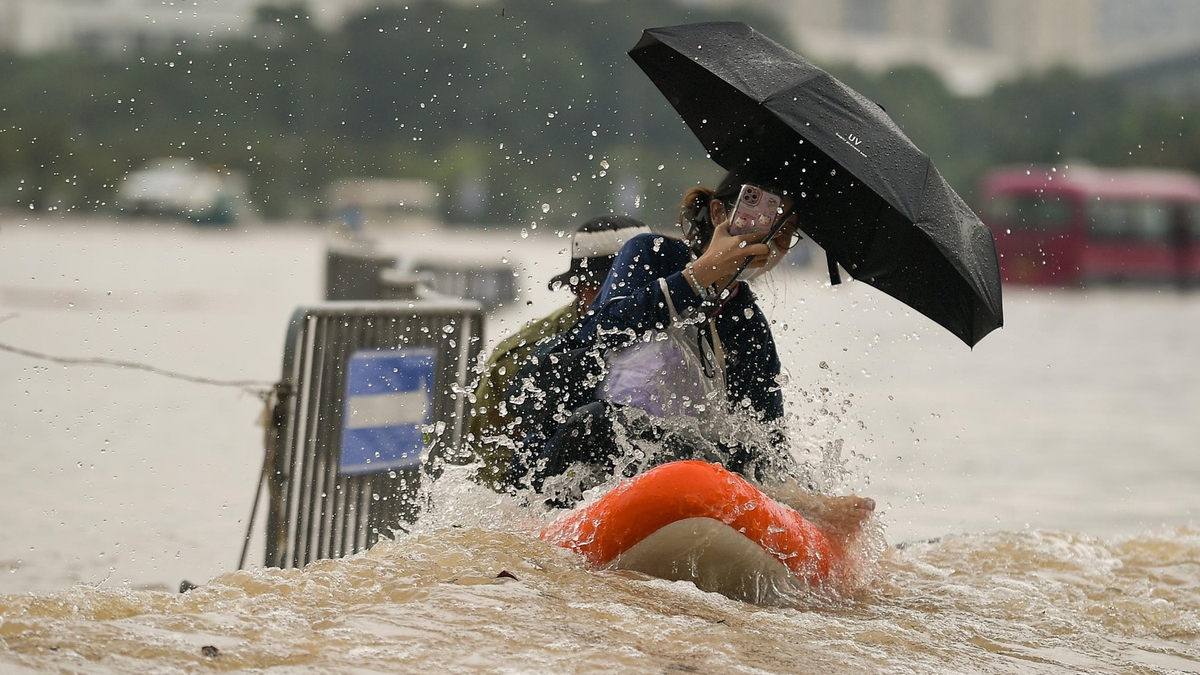
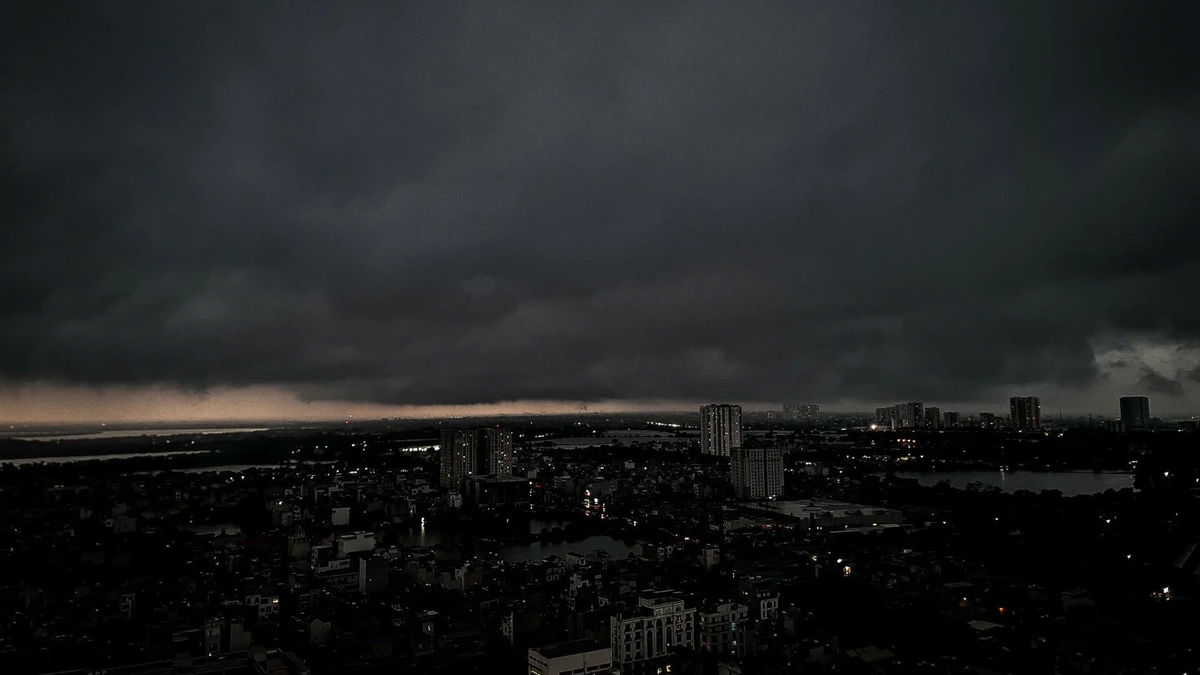






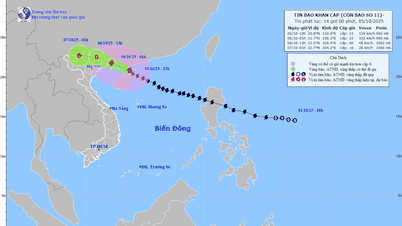


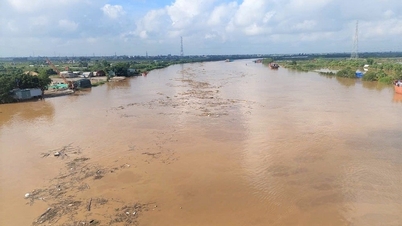





















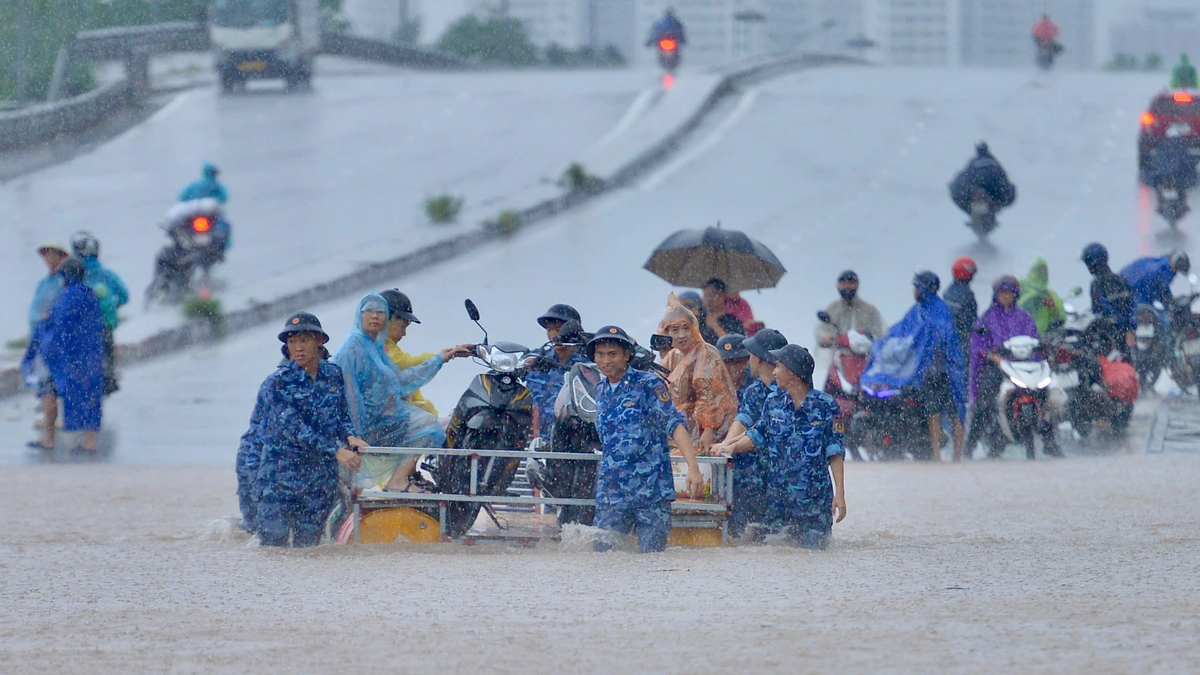
![[Photo] Super harvest moon shines brightly on Mid-Autumn Festival night around the world](https://vphoto.vietnam.vn/thumb/1200x675/vietnam/resource/IMAGE/2025/10/07/1759816565798_1759814567021-jpg.webp)



































































Comment (0)